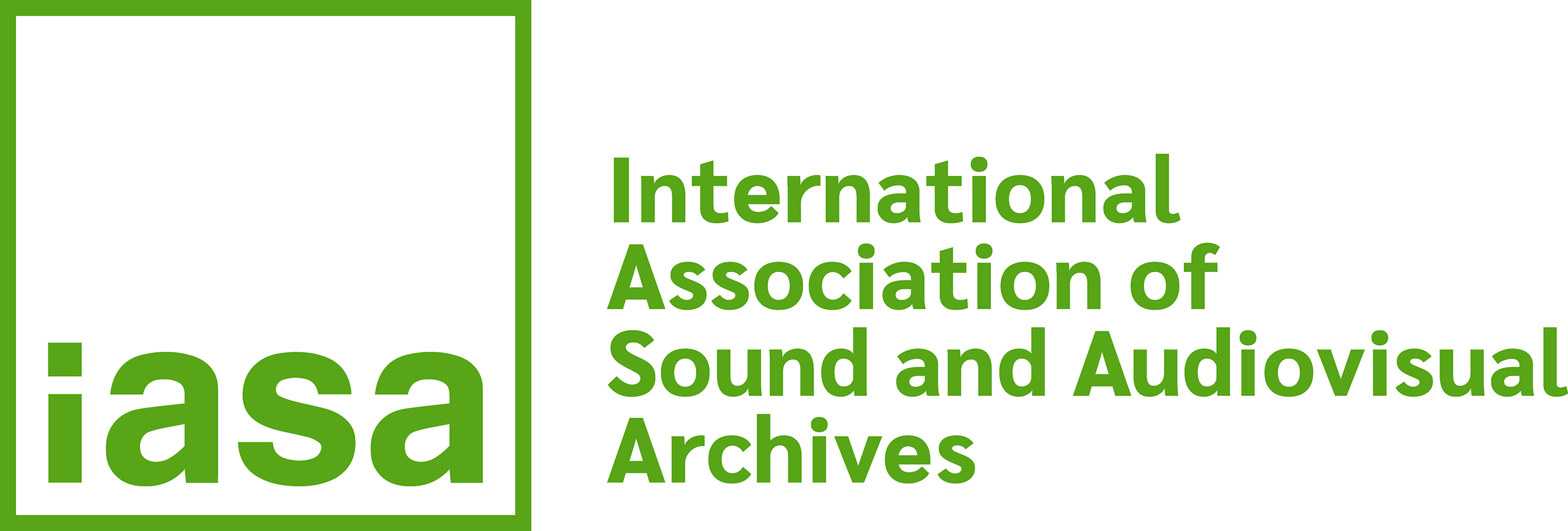1. Introduction
The first recordings of animal sounds date from the end of the 19th century. The earliest known example is Ludwig Koch's recording of a captive bird, a shama, made on wax cylinder in Germany in 1889. The first wild bird sound recordings were probably those of a song thrush and a nightingale made by Cherry Kearton, also on wax cylinder, in England in 1900. The pioneers, such as Ludwig Koch in Germany, Belgium and Britain, Carl Weismann in Denmark, and A.R. Brand, Paul Kellogg and A.A. Allen in the United States, made many bird and other animal recordings by direct cutting of discs. The cumbersome equipment required was a great hindrance and it was the development of portable magnetic tape recorders in the 1950s which made possible the collection of wildlife sound recordings all over the world on a larger scale and on a systematic basis. This was also greatly facilitated by other technical developments like the invention of the parabolic reflector and the gun microphone.
As long ago as the early 1930s Ludwig Koch cherished the idea of founding an institute to preserve sound recordings of all kinds and he tried successively, but failed, to get one set up in Germany, Belgium and Britain. At about the same time in the United States Peter Paul Kellogg and his associates began to build up, from their own recording activities, a collection of bird and some other animal sound recordings at Cornell University which was to become the Library of Natural Sounds at the Laboratory of Ornithology there. This was the first, and is still the largest, wildlife sound archive in the world. By 1980 it held about 40,000 tape recordings of some 4,000 species - mainly birds - from all over the world. Two other important collections were established in North America around 1950: the Borror Laboratory of Bioacoustics at Ohio University, specialising in insect and bird sounds of North America, primarily for internal research; the Gunn Library of Wildlife and Environmental Sounds in Toronto, which is a commercial organisation, supplying many recordings for broadcasting and films - but also for research - and comprises animal sounds from North America and some areas of South America and Africa.
It was not until the 1960s that the movement spread to other parts of the world. It saw the formation of sound libraries in Denmark (at the Bioacoustics Laboratory of the Natural History Museum, Aarhus), Hungary (Animal Sound Archives of the Academy of Sciences in Budapest), Britain (British Library of Wildlife Sounds at the British Institute of Recorded Sound in London), USSR (Phonotek of Animal Sounds at the Institute of Biophysics, Pushchino, the Moscow University Library of Animal Voice, as well as a specialised collection at Leningrad University), Australia (at the CSIRO Division of Wildlife Research, originally in Canberra but now in Western Australia), New Zealand (Wildlife Service Sound Library, Wellington), South Africa (Fitzpatrick Bird Communication Library formerly in Natal but now at the Transvaal Museum, Pretoria) and in Brazil (Laboratorio de Bioacoustica at the University of Campinas).
These ‘libraries' developed for different reasons, and few had as their primary objective the establishment of a national archive of wildlife sound. Some of them sprang from the accumulation of an individual's recordings and some from the need for a research resource, but all do provide a centralised collection which can be drawn upon by any person or organisation with a serious use for such recordings. All of them are associated with zoological institutions of one kind or another except the British Library of Wildlife Sounds (BLOWS).
Some broadcasting organisations have in their sound archives sizeable collections of natural history recordings, notably those in Sweden, Finland, Japan, Czechoslovakia, Britain and South Africa. Smaller, specialised collections have been built up in some zoological institutions, such as the amphibian sound recordings in the Natural History Museum in Geneva and the grasshopper and cricket recordings in the Natural History Museum in London. Some private collections have almost the status of a sound library, e.g. those of Claude Chappuis and Jean-Claude Roche in France, Claus König in Germany, Ken Scriven in Malaysia, Leslie McPherson in New Zealand, John Kirby in Britain and Tsuruhiko Kabaya in Japan.
Starting slowly in the early 1900s, but at an accelerating rate in the 1960s and 1970s, a large number of wildlife sounds on commercial gramophone records and cassettes have been published all over the world (see the discographies by Boswall and others1) and over a thousand may now be listed. A collection of these is therefore an important resource for the would-be listener to the sounds of particular species which may not be available amongst the unpublished tape recordings in an archive. Partly as a result of the availability of these commercially published discs and cassettes, but even more as a result of radio and television programmes, an increasing interest in the sounds and language of animals is being taken by the general public. At the same time zoologists have been giving more attention to the study of bioacoustics and the expansion of this research into animal sounds has been stimulated by the greatly increased possibilities which now exist of acquiring recordings.
Thus there is a growing demand for wildlife sound recordings at the popular, educational and scientific levels. A centralised archive of such recordings has an important role to play in satisfying this demand. It may be drawn upon for general interest, for the publication of discs or cassettes, for film and broadcasting use, for various educational applications and for the provision of sound •specimens' for scientific research.
- Boswall, J. 'A bibliography of wildlife discographies' in Recorded Sound No.54; 1974
Boswall, J. 'A supplementary bibliography of wildlife discographies' in Recorded Sound No. 74-75; 1979


